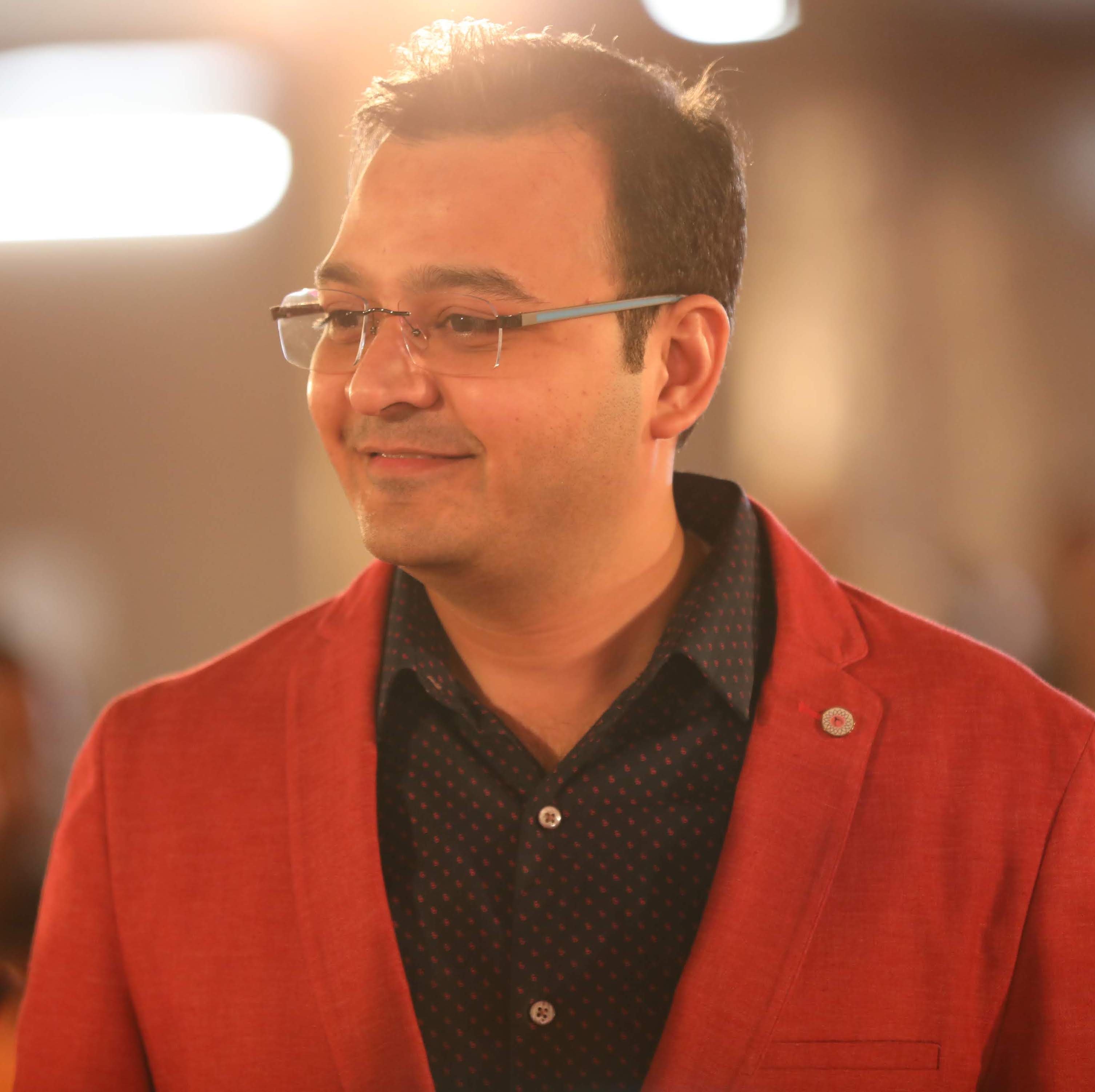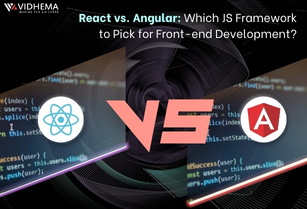What are the differences between a web developer and a web designer? And which one should you use?
A web designer is a graphic artist who develops and styles objects for the Internet. Website designers are able to tap into their creative energy and design the overall layout and look for websites.
It’s easy to get web designers and developers mixed up. They both help build websites, but they’re involved in very different areas. A web developer is one that develops applications and functionality for the Internet. It is rare to find a web developer that knows every programming language; web developers usually just focus on a few languages. Typically one developer will focus on the front end programming of a site using HTML, CSS, and JavaScript while another developer will focus on server-side programming like PHP, Java, Ruby, and .NET.
What is a web developer?
Web developers must know how to code and are focused on the function of a website or application. In general, web developers are concerned with functionality instead of the appearance of a website or application. Like we said earlier, web developers are similar to those who build, and web designers like the visionaries. A developer usually specializes in designing website apps – a web designer focuses more on what the user will enjoy doing.
How does the relationship between developers and designers work? A web developer builds a website’s framework using software like Javascript and JQuery, aiming to craft a smooth-running website, which web designers then pour their creative juices onto. As designers, there are specific roles for web developers, which we’ll highlight below.
Front-end developer:
A front-end developer is someone who takes a client or design team’s website design and writes the code needed to implement it on the web. This is also known as client-side development. It’s more connected to web design than back-end development because it involves using HTML, CSS, and JavaScript to create things the user can see, like client lead forms.
In summary, like a back-end developer, those developing the front-end have coding skills but they build frameworks the user can actually interact with.
Back-end developer:
While it may seem like front-end developers have a difficult job making sure that a website looks great, works well, and contains the correct content, back-end developers have it much worse.
While front-end developers are responsible for client-side programming, back-end developers have to deal with the server-side. The back-end is where the website’s core structure is designed. These developers are experts in programming and using complex software languages like Java, SQL, and C#.
The work they do is not seen by users because it involves coding on the web servers and databases, not on the browser (unlike front-end developers, which you’ll soon find out). In short, their job is to create logical, functional websites using various programs. They also spend a lot of time testing and fixing bugs.
Full-stack developer:
Full-stack developers understand both front and back-end strategies and processes, which means that they are perfectly positioned to oversee the entire process. In the case of small websites that don’t have a huge development budget, a full-stack developer will often be employed to build the entire website.
It is essentially the full package when it comes to web development because they are an expert in all areas.
What is a web designer?
A web designer makes your website look good. Web designers are familiar with color theory, graphic design, and information flow. Certain aspects of web design, like information flow, touch upon user experience (UX). Moreover, tools like Adobe Illustrator, Photoshop, and other wire-framing software are in the web designer's toolkit. They focus on the style and overall feel of the page, using software like Photoshop to customize the website’s visual elements. They also use code like HTML and CSS (Cascading Style Sheets) to create their designs.
But wait – there’s more. Web designers usually have a specialism, which we’ll jump into right now.
User Interface (UI) designer:
User Interface (UI) designers are the ones who deal with user interaction. They make sure that users are able to interact with the elements that are present on the website. A UI web designer helps to improve the way users interact with elements, or the interface, on your website. This is done by translating complex brand ideas and values into a website that’s enjoyable and easy to navigate.
How does it differ from UX? It’s a subtle one, really. UX involves research into building a solid foundation for positive user experience, while UI focuses on the aesthetics (the look and feel) of the actual website.
User Experience (UX) designer:
User Experience (UX) designers make sure that your website is able to keep the visitors engaged. They analyze data before finalizing any design on the website. They know exactly how to craft a website that your specific audience will enjoy because they’ve carried out thorough research into the users’ demographics and website-needs, not to mention tons of prototype testing and site restructuring.
Just think, if people enjoy using your website, they’re more likely to revisit or recommend. So, you can already see how it can help grow your online community. For some inspiration, check out these excellent UX examples.
Visual designer:
When we combine the duties of a UI and UX designer, it creates a separate profile called the visual designer. Visual designing refers to creating interfaces that are both visually pleasing and convenient to use. It’s their job to not only improve the user journey using their creative and coding skills but to solve design issues. They also help to conceptualize a brand’s unique style or tone of voice.
In essence, they’re a master of all web design trades and their specific roles can vary hugely depending on what you want.
When do you need a web developer and web designer?
As we’ve mentioned, it doesn’t always have to be one or the other. For instance, building a website from scratch requires both a developer and a designer.
After all, teamwork makes the website dream work. Using a web design agency can be really helpful if, like most people, you don’t have time for creating website pages while juggling invoices and client emails. Or, if you need a website with advanced functionality, an agency full of experts is a great solution.
Web developer vs web designer: Summary
You should now have more developed knowledge of web design, but let’s just quickly recap what we’ve learned. The difference between a web developer and a web designer is bigger than you think.
A web designer brings a brand’s idea into an on-screen reality and knows exactly what the specific audience will enjoy. A web developer builds the site’s core structure, using coding languages to construct logical, programmatic websites.
However, just like mustard and ketchup on a hot dog, sometimes you need both to get the best experience. When building a website from nothing, you need a web developer to build the foundation, and web designers to make it look and feel the way you and – more importantly – your users want.
Frequently Asked Questions
A lot of people don't appreciate the moment until it’s passed. I'm not trying my hardest, and I'm not trying to do


.jpg?alt=media&token=bb687d31-e0a6-49d3-b238-15d905d1e35e)
